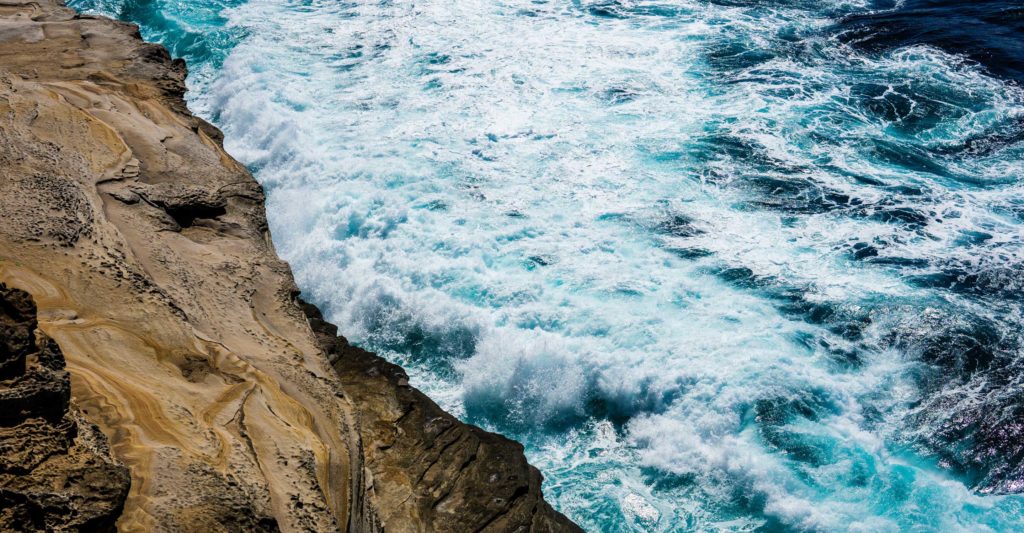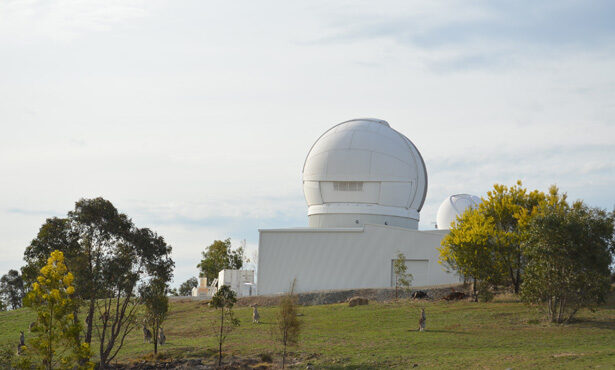
Heritage at Risk
Mt Stromlo ACT, following bushfires in 2003 (Courtesy Mount Stromlo Archives)
The impact of natural and human made disasters on heritage places can be catastrophic—buildings burnt, artefacts lost and archives destroyed.
Likewise, the importance of cultural heritage, and thus the impact of its loss from natural or human disaster, is perhaps best described by the Director General of UNESCO:
“Culture implies more than just monuments and stones – culture defines who we are. It carries universal values and the many faces of our shared humanity…. Protecting culture and heritage means protecting people. That is what UNESCO stands for. ”
GML has long advocated for risk management planning for cultural heritage.
In our project work, GML assists clients to identify the heritage values of the properties they own or manage and understand the potential risks from both natural and human made hazards. We encourage our clients to be prepared for potentially disastrous events and to implement appropriate mitigation strategies to minimise risks, with the aim of reducing the potential loss of heritage fabric and values of their properties.
We are proud supporters of Blue Shield Australia and their annual ‘MayDay’ program, calling upon archives, galleries, libraries, museums and sites to improve their disaster preparedness. As the name suggests, MayDay is held on 1 May annually, and plays upon the international distress call, ‘MayDay’. Blue Shield is the cultural equivalent of Red Cross and works to protect the world’s cultural heritage threatened by natural and human induced disasters, including wars.
How Have We Helped Our Clients?
GML has been involved in several projects that mitigate risks to cultural heritage.
We have completed a Conservation Management Plan (CMP) for The Mint, Macquarie Street, Sydney for Museums of History NSW, a place of outstanding cultural significance to the state of New South Wales for its association with the formative phases of NSW history. The CMP addresses potential risks to the property from such hazards as fire, severe storm, lightning strike, flash flooding and malicious damage, and includes policies and guidelines for managing the risks.
We have provided heritage advice on the implementation of bushfire protection measures to heritage structures as HMAS Penguin (Defence) and our Canberra team has been involved in development of post disaster interpretation at Mt Stromlo Observatory (ANU), which was severely damaged by bushfires of 2003.
At Baiame Cave, a significant Aboriginal rock art site in NSW, we are working with local stakeholders in developing a management plan that includes guidelines for monitoring and mitigating environmental risks to the cave, as well as human risks associated with increased visitation. Mitigation measures include improving management of visitor access and promoting educational opportunities lead by Aboriginal elders to increase understanding of Aboriginal culture and land management practices.
Beyond our shores, GML’s Catherine Forbes, Principal and a member of ICOMOS International Scientific Committee on Risk Preparedness (ICORP), has undertaken post disaster reviews of the impacts of the earthquakes on the cultural heritage of the Kathmandu Valley, Nepal and Christchurch, New Zealand. Catherine is a member of Blue Shield Australia and convenor of the joint Australia and New Zealand ICOMOS Working Group on Cultural Heritage Risk Preparedness.
GML is currently working with the National Parks & Wildlife Service (NSW) on developing a bushfire vulnerability assessment framework for heritage across NSW that will assist in identifying the bushfire risk to heritage and enable heritage property owners and managers to better understand and manage bushfire risk. We are also advising Transport for NSW on the requirements for preparing a Heritage Disaster Risk Management Strategy and Climate Change Adaption Plan for their Sydney Working Harbour assets.

Firefighters Monitor the Progress of a Bushfire (Courtesy of Tim Borough)




